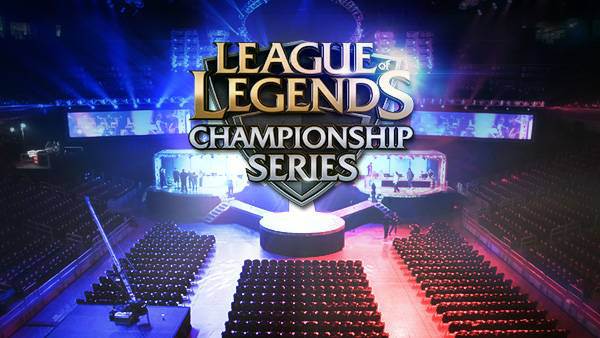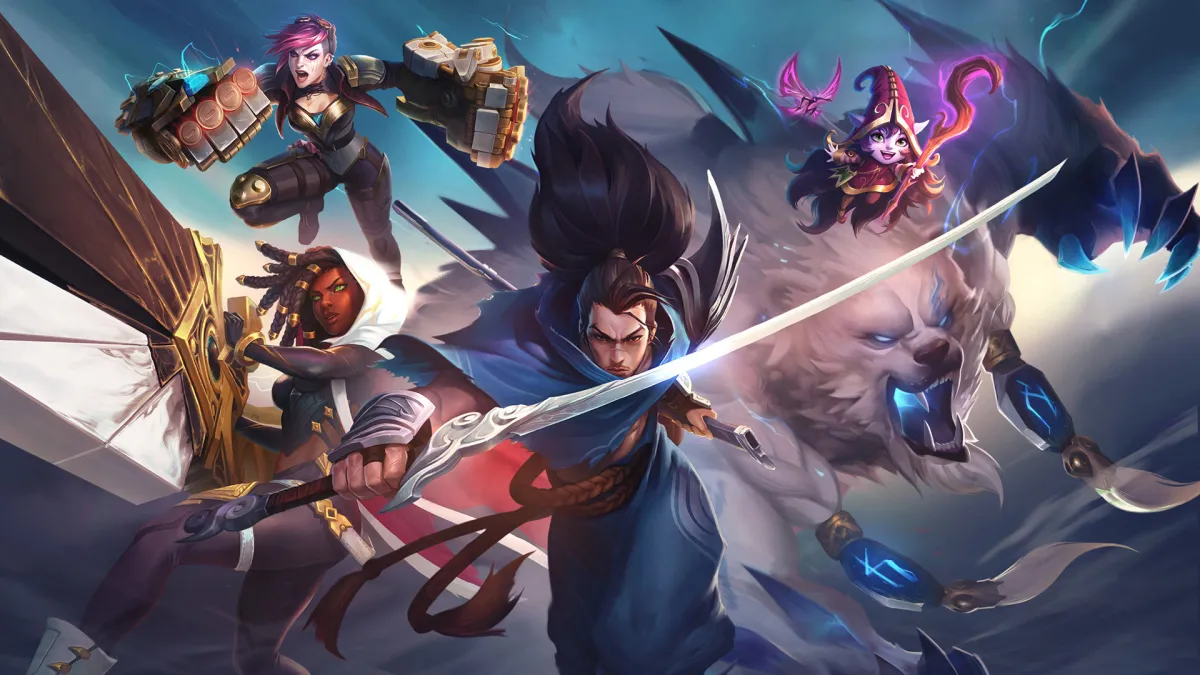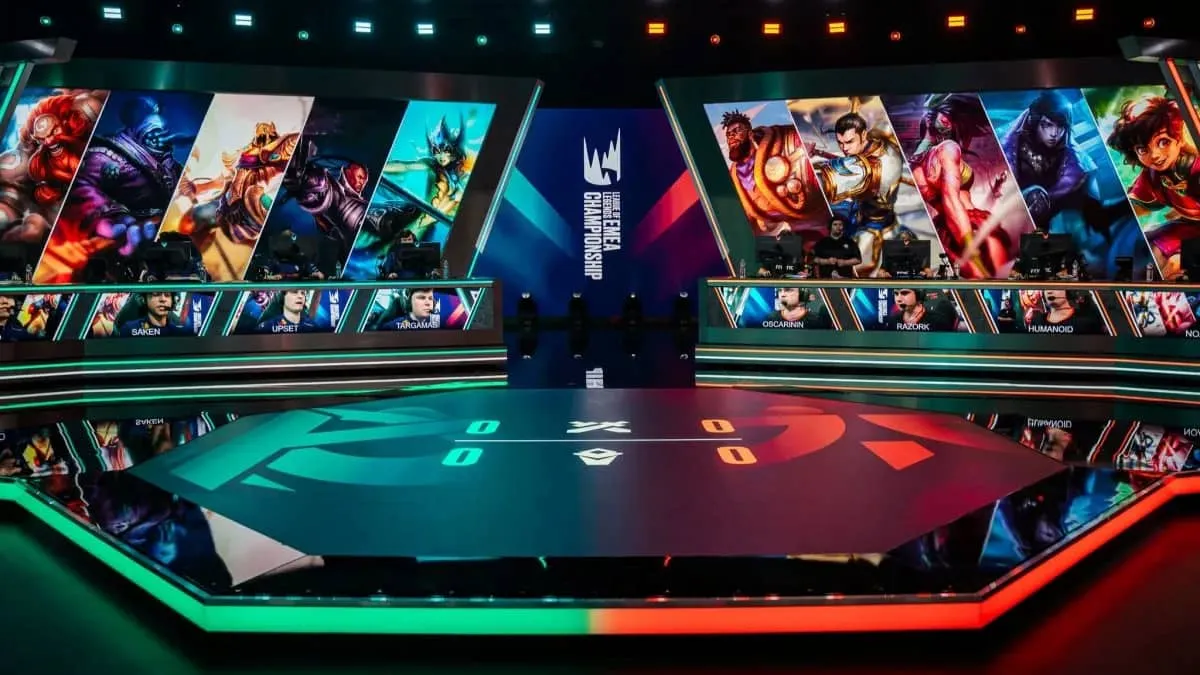Introduction

This week, Riot Games introduced Patch 5.13, which introduced a comprehensive item rework for AP champions and an upgraded Devourer jungle item aimed to promote farm-heavy carry junglers. This is the fourth time in a row that a meta-shifting patch has hit the live server mid-split. The spring split of Season 4 saw the overtuned Feral Flare place a high emphasis on carry junglers. The summer split of Season 4 moved the meta away from mid-game Bloodthirster AD Carries late-game hypercarries. Last split, the addition of Cinderhulk broke the dominance of bruiser junglers and allowed engaging tank junglers to rise up. The results of this patch have not been revealed yet, but they are sure to have a dramatic impact on the current metagame. Perhaps we see the return of farm-oriented carry junglers like Nocturne or Shyvana. The lower price Needlessly Large Rod might lead to earlier dragon fights. The buffed Rylai’s and Liandry’s may promote top lane AP Bruiser champions such as Rumble, Vlad, or even Brand. We sometimes see a similar, but smaller, effect when a new champion is added into the game or buffs lead to the sudden return of a former top-tier character. (Corki’s yearly resurgence at the World Championships springs to mind.)
Mid-split patches are both exciting and introduce an interesting competitive element. These patches keep the game fresh and help retain fan interest. More importantly, they add an important competitive aspect by forcing teams to quickly identify appropriate power picks. For instance, there are a lot of junglers (Warwick, Master Yi, Shyvana, Kayle, Nocturne, to name a few) which seem like great picks with the new Devourer. On the other hand, the item may turn out to be a poor choice because it requires the jungler to forfeit too much map pressure. The teams that are able to identify the very best picks and build team comps around them will be the most successful. Adaptation is a critical skill and teams should be tested in adaptation on their way to the World Championships.
Patches reward natural tendencies just as much as adaptation

But while quick adaptation is a key aspect to succeeding on any given patch, another key aspect is the natural tendencies of players and teams. While superstars like WeiXiao are usually able to succeed on any patch, they are able to have larger impacts in metas which favor their position. In Season 2, AD Carries were by far the strongest late game position, and WeiXiao was able to singlehandedly carry World Elite in teamfights with champions like Ezreal or Vayne. His teammates recognized his carry potential and built their strategies around snowballing bot lane and peeling for him in the late game. In Season 3, AD Carry items were harshly nerfed and the meta shifted to favor ult bots such as Miss Fortune or Varus. While WeiXiao himself remained a formidable force, he was no longer able to single-handedly carry teamfights with his kiting abilities. In the Season 3 meta, World Elite’s bot-centric strategies proved outdated and the team gave way to the top-mid centric OMG. World Elite’s fortunes rose and fell along with the strength of the AD Carry position on any given patch.

These same tendencies can also extend to specific players. While stars like WeiXiao are usually meta-resistant, their teams usually rise and fall on the whims of their more limited role players. Bengi, the jungler of SK Telecom, is famous for supportive jungler style. Two of bengi’s strongest attributes are his synergy with Faker and his strong vision control around mid lane. From the middle of Season 4 to the beginning of Season 5, many fans criticized bengi as a poor player. The meta had moved away from mid-centric jungle strategies, and bengi looked particularly poor on meta champions like Rengar or Kha’Zix. When the Cinderhulk patch arrived, it brought back several bengi stalwarts in champions like Nunu and Evelynn. Bengi’s rise on the Cinderhulk patch was not due to superior adaptability. After all, he had several months to adapt to the bruiser jungler meta and failed to do so. Instead, his resurgence was due to a meta-shifting patch which transformed his position to better suit his skillset. Similarly, even if bengi is the first to realize that Master Yi is broken on the Devourer patch, it’s unlikely that the support-oriented bengi will be able to play the character better than a jungler such as ClearLove, who is well-known for his farming prowess.
Patches rewarding natural tendencies is also fine. After all, meta shifts are part of the game. Fans who argue that patches which shift the meta away from their favorite players are unfair should be careful because the same argument could be reversed. Isn’t it just as unfair for a favorable patch to allow a team to remain dominant forever?
However, one serious issue is the interaction between Riot’s infrequent tournament structure and the timing of their major patches. Infrequent tournaments mean that the stakes are unfairly higher for certain patches than others. The timing of these patches, which are often in the middle of a season, means that teams are unable to make roster adjustments based on these changes. Furthermore, while teams are able to showcase their abilities to quickly identify the patch’s OP champions, their ability to make longer-term adjustments is sometimes ignored.
Certain patches are arbitrarily valued higher than others

Because there are so few play-off or tournament scenarios in competitive LoL, the patches which coincide with playoff dates will automatically become far more important in determining the legacies of players and teams than patches will fall on regular season matches. In particular, qualifying for the World Championships is considered one of the highest honors in competitive LoL. For the last two years, a large patch has come right before the all-important regional playoffs. Here, Chinese analyst Froskurinn discusses the rise of Uzi’s SHRC after the AD Carry item changes and Lucian’s rework. Uzi’s teams have always been famous for their devotion to protecting the brilliant but demanding AD Carry. The AD Carry item rework, which buffed the late-game oriented Infinity Edge while nerfing the early-game oriented Bloodthirster moved AD Carry power towards the late game. However, Lucian’s rework overtuned the champion and made him extremely lane dominant. In Lucian, SHRC found the perfect champion to snowball Uzi and allow him to carry the game. Royal Club went on a meteoric rise up the standings and unexpectedly qualified for the World Championships, finishing second behind Korean juggernaut Samsung White.
The power of Lucian wasn’t inherently unfair. After all, all teams in the world knew of both Lucian’s power and Uzi’s love of the champion. In the final against SSW, Lucian would be banned in every single game. What was unfair is that teams which succeeded on the Bloodthirster-centric patches have been historically forgotten because Worlds Qualifications happened on a patch which they were not particularly strong on. The ability to adapt should be praised. Samsung rivals Deft and imp were able to succeed on both the Bloodthirster and Infinity Edge-oriented metas. However, one individual patch should not be so highly valued above others to the point that accomplishments on one patch are meaningless or forgotten in comparison to another patch. If international tournaments were more common, then teams would be better rewarded for their success on patches which would otherwise lead only to regular season success.
Teams have a harder time shifting rosters mid-season

One other issue is that teams have a hard time making roster decisions if patch changes occur in the middle of a split. Patches in League of Legends sometimes have the effect of greatly increasing the power of influence of a certain role. If the NBA decided to make points scored by players playing the Center position worth 5 points instead of 2 or 3, teams would naturally spend their free agency periods recruiting centers. While this would still give teams which had already signed great centers an advantage, it would at least provide an equal playing field to the rest of the league. If this change happened in the middle of an NBA season, it would arbitrarily reward teams with strong centers. These teams would not be rewarded due to their foresight (how could they have guessed that this rule was coming). In fact, they may be rewarded for their own mistakes in signing a mediocre center rather than a star forward.
Similarly, mid-season patches throw off team recruitment in League of Legends. The introduction of a patch which favors farm-oriented junglers must come at an ill time for Cloud9, who had just removed carry jungler Meteos. Had Meteos subsequently signed with another organization and rose to prominence in the Devourer patch, it would seem like Cloud9 had made an egregious mistake. In reality Cloud9 would have had no way of predicting this change. A similar example is CLG’s pick-up of Seraph for the Summer Split of last year. At the time they picked up Seraph, it was the “4v1” top lane meta, which required the top laner to farm under tower as the other four players grouped and shoved down objectives. Because the top laner is just last hitting, the role required strong mechanics but low communication. Shortly after, the meta changed to feature double jungle and heavy top lane rotation. CLG recruited a player under one set of requirements and were punished with an adjustment period when the meta shifted. It’s not as simple as teams recruiting well-rounded players. As mentioned earlier, even stars like Faker are more dominant on certain patches than others. In addition, if one team recruits a well-rounded player instead of a specialist and the meta does not change, then they are punished for predicting a meta shift.
If these patches occurred in between splits, teams would be able to judge the meta and recruit players who are the best fit for the split’s patch. Instead, teams are rewarded for roster moves which they could not have planned out completely.
Dramatic mid-split changes hurt a different form of adaptation

One of the biggest arguments in favor of mid-split patches is that they force teams to adapt in time for playoffs. We’ve seen over the last few years that the teams which are able to quickly identify the OP picks are able to best succeed in the regional playoffs leading up to the world championships. This is a valuable skill but these patches remove an adaptation skill which some would consider equally important – the development of counter champions to these dominant picks.
In the Cinderhulk meta, we’ve already seen the rise of several key adaptations. Each meta is defined by the rise of defining aspects and the subsequent use of counters to defeat these key aspects. Some of the defining picks of this meta are tanky junglers and poke-centric. In two months, we’ve already seen innovative players make moves to counter this metagame. ClearLove’s use of Evelynn at MSI has led to a worldwide rise the champion’s usage. In the old bruiser jungle meta, the fragile Evelynn would be invaded and killed. In this meta, Evelynn is able to out-pressure the slow-starting tank junglers. Another example of adaptation is Power of Evil’s use of Kog’Maw. AP Kog’Maw’s biggest issue is his poor laning phase and low mobility. Many of these poke champions give Kog a free lane and Luden’s Echo greatly helps with his poor mobility. Gravity mid laner Keane has gone the opposite way, using all-in champions like Urgot, Jarvan, and Malphite to zone out poke mid laners. These longer-term adaptations are a key skill just as important as the ability to quickly identify overpowered picks. Unfortunately, because large patches come before Worlds so often, the ability to ID the strong picks has generally superseded long-term adaptation at the World Championships.
Conclusion

Meta-shifting patches themselves are not an issue. In fact, they shake up the meta and test players in many different aspects of the game, such as the ability to quickly identify overpowered picks and use them. However, Riot’s scheduling of meta-shifting patches in the middle of each split has led to some issues with competitive balance. Teams which excel on earlier patches are oftentimes completely unrewarded. In addition, teams are unable to build rosters for patches and long-term innovation is cast aside for the World Championships.






Published: Jul 10, 2015 05:18 pm